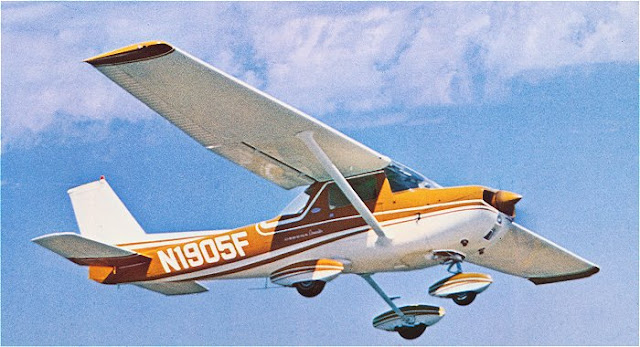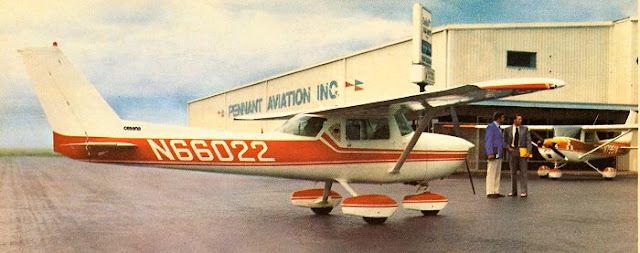docmirror
Touchdown! Greaser!
- Joined
- Jan 5, 2007
- Messages
- 12,008
- Display Name
Display name:
Cowboy - yeehah!
Title says it all. Presume I am Cessna stoopid - cuz I am Cessna stoopid. Always like the 150, but I don't know squat about them. The book say the M model is 4 knots faster. Don't know why. 



